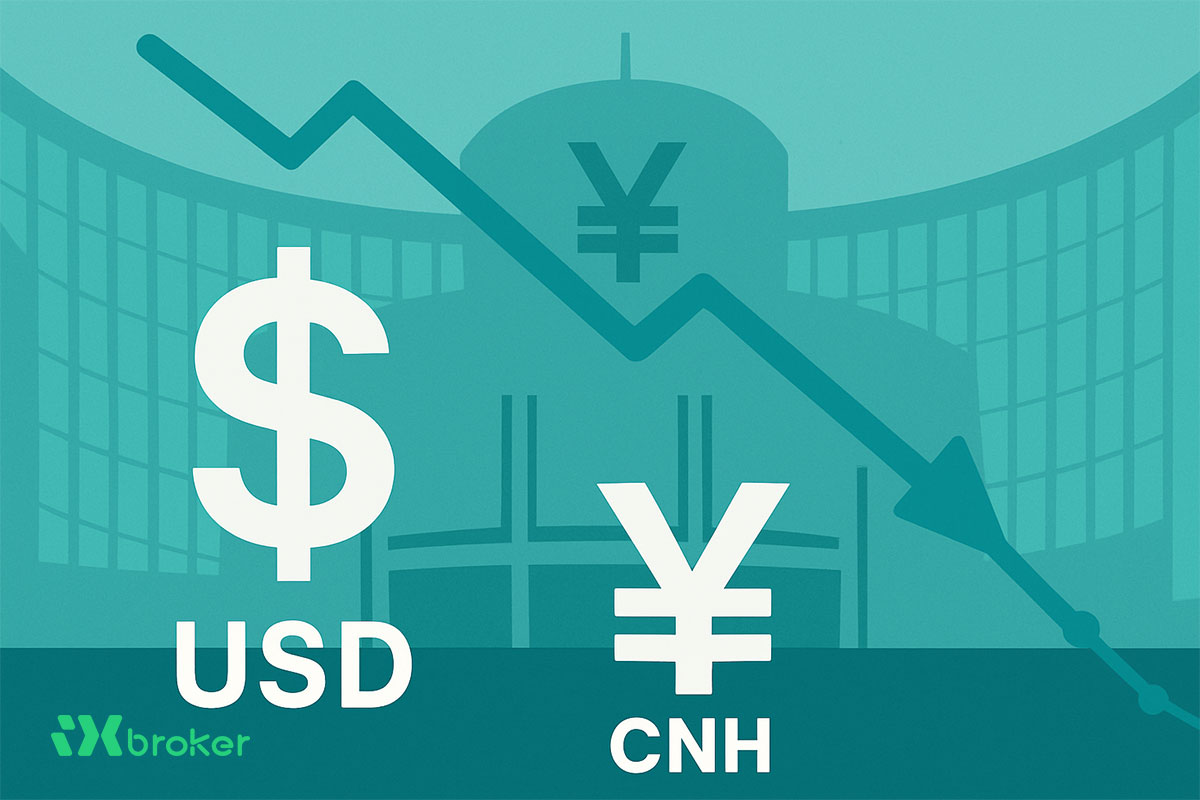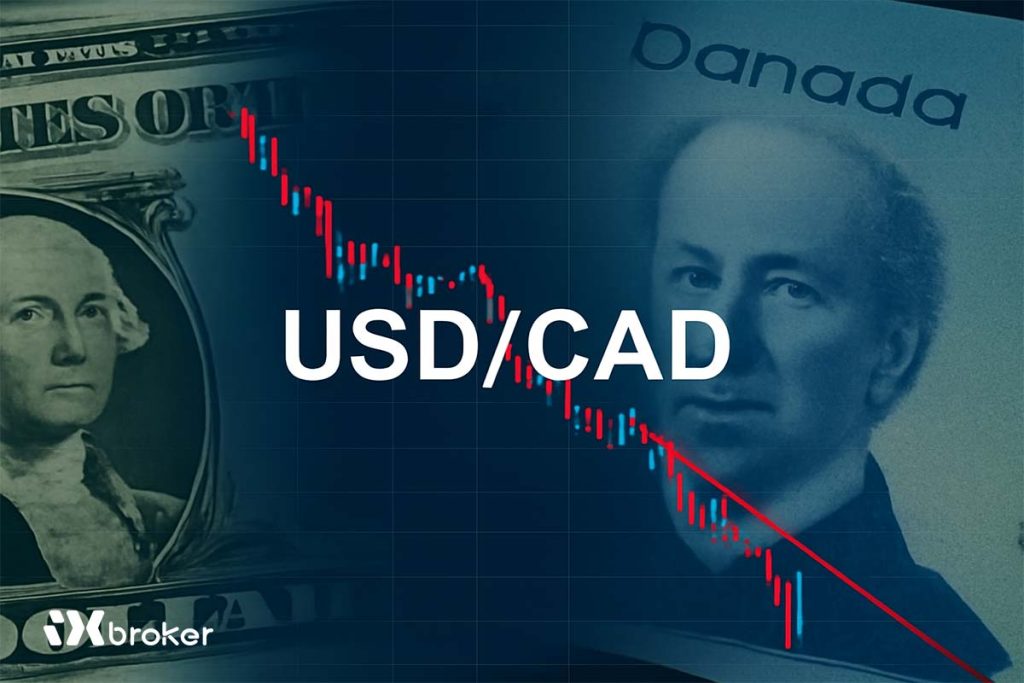USD/CNH extended its decline for a fourth straight session on Wednesday, sliding to a 13-month low of 7.0782 during Asian trading. The pair continues to weaken as the US Dollar comes under broad pressure, driven by mounting expectations that the Federal Reserve will cut rates in December following a run of softer US economic data.
Fed expectations weigh on the usd
Market pricing now reflects more than an 84% probability of a 25 bp rate cut next month, according to the CME FedWatch Tool — up sharply from 50% just a week earlier.
US data released Tuesday reinforced this shift: Retail Sales rose only 0.2% in September versus August’s 0.6%, while the Retail Sales Control Group unexpectedly fell 0.1%. Consumer Confidence dropped sharply to 88.7 in November from 95.5, signaling growing concerns about household finances and labor-market conditions.
Inflation indicators also eased, with headline PPI unchanged at 2.7% year-over-year and core PPI slipping to 2.6%, undershooting expectations and pointing to stabilizing price pressures.
China delivers stronger yuan fixing
The People’s Bank of China set a slightly stronger daily Yuan midpoint on Wednesday, signaling Beijing’s continued focus on maintaining stability in FX markets amid global volatility. The PBOC’s fixing acts as the reference point for onshore trading, allowing moves of up to 2% in either direction. A firmer fixing is often interpreted as an effort to counter disorderly depreciation and guide market expectations.
Trade flows add support to the yuan
Sentiment toward the Yuan also improved after reports that China purchased at least 10 cargoes of US soybeans – roughly $300 million in value — in deals finalized since Tuesday. The large buying volume, coming shortly after a call between the US and Chinese presidents, highlights a continued thaw in bilateral trade relations and reinforces CNH support through improved trade flow dynamics.
Outlook
With US data softening and Fed easing expectations rising, the USD remains vulnerable. Further downside in USD/CNH is possible if incoming US indicators continue to point to a weakening macro backdrop or if the PBOC maintains its firm approach to guiding the Yuan.



